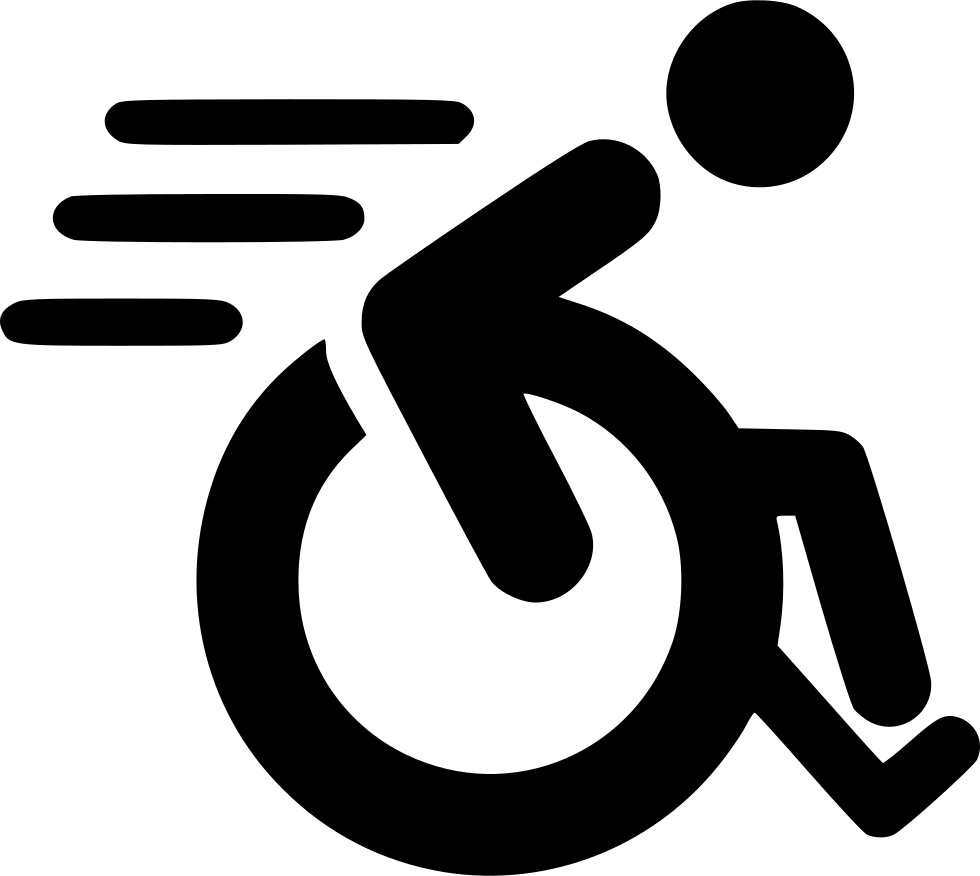Educational Articles
-
Weight loss in cats can be caused by many conditions including inadequate intake to meet energy requirements, poor quality nutrition, and many different medical conditions. Testing for weight loss starts with a thorough history and physical exam. If the cause of weight loss is not clear, then screening tests including a CBC, biochemistry, T4 testing, urinalysis, and fecal tests are performed to further investigate. Based on the results of these tests, more specific diagnostic tests such as imaging, bile acids, or ACTH stimulation may be needed to determine the reason for the weight loss.
-
Caterwauling is cat vocalization that sounds like a combination of a yowl, a howl, and a whine. This disturbing noise may result from medical problems, physical needs, hormonal stimulations, or emotional insecurities. The response to caterwauling should focus on addressing the cat's circumstances and filling their needs.
-
Birds are highly intelligent animals and toys are an important part of their mental health, as well as their mental and physical agility. Toys encourage exercise and provide good wear for the beak and nails. Certain toys are ideal while others can be dangerous to your bird.
-
Treats are a wonderful way to provide positive reinforcement to your cat during a training session. Choose low-calorie foods such as green beans, zucchini squash, and watermelon. Avoid foods that are potentially harmful, such as chocolate, garlic, onions, raisins, grapes, macadamia nuts, and products that have xylitol. Limit high-calorie treats and keep treats within 10% of your cat's daily calorie intake. Keeping training sessions short and engaging while providing appropriate foods as treats can be a wonderful way to strengthen the human-animal bond.
-
Treats are a wonderful way to provide positive reinforcement to your dog during a training session. Choose low-calorie foods such as green beans, carrots, and watermelon. Avoid foods that are potentially harmful such as chocolate, garlic, onions, raisins, grapes, macadamia nuts, and products that may have xylitol. Limit high-calorie treats and keep treats within 10% of your dog's total daily calorie intake. Keeping training sessions short and engaging while providing appropriate foods as treats can be a wonderful way to strengthen the human-animal bond.
-
Most dog owners would agree that our canine friends are doggone cute. Some of their expressions and actions simply amplify their “cuteness.” But are they born with the innate “cuteness”, or do they learn how to be cute? This article discusses some of the reasons for these cute expressions and behaviors.
-
Dogs were built to chew. That is a fact. Bones can lead to a number of health problems from minor injuries to severe illness. Our job as pet parents, is to provide them with chewing options that do not put them in jeopardy. Happy chewing!
-
Cats will always lick, but it is sometimes embarrassing when they lick their private parts. Licking after eliminating is normal; however, if your cat licks more frequently, or you notice other signs such as discharge; swollen or red penis, vulva, or anus; pustules; discoloration of the skin; or if your cat strains to urinate, see your veterinarian for help. Appropriate medical therapy can reduce your cat's discomfort.
-
A cat's ability to smell is far more advanced than ours. Cats use their keen sense of smell, along with a visual assessment, to provide vital information about a new feline acquaintance. The way cats sniff rear ends can establish which of two cats is dominant and set the foundation of their relationship.
-
Cat ancestors turned around before bedtime for their health or protection. These innate habits remain to this day, but if your cat seems to be doing it excessively, it could be a sign of underlying medical problems, such as arthritis or neurological disorders. Contact your veterinarian if your cat appears to have difficulty settling down.


